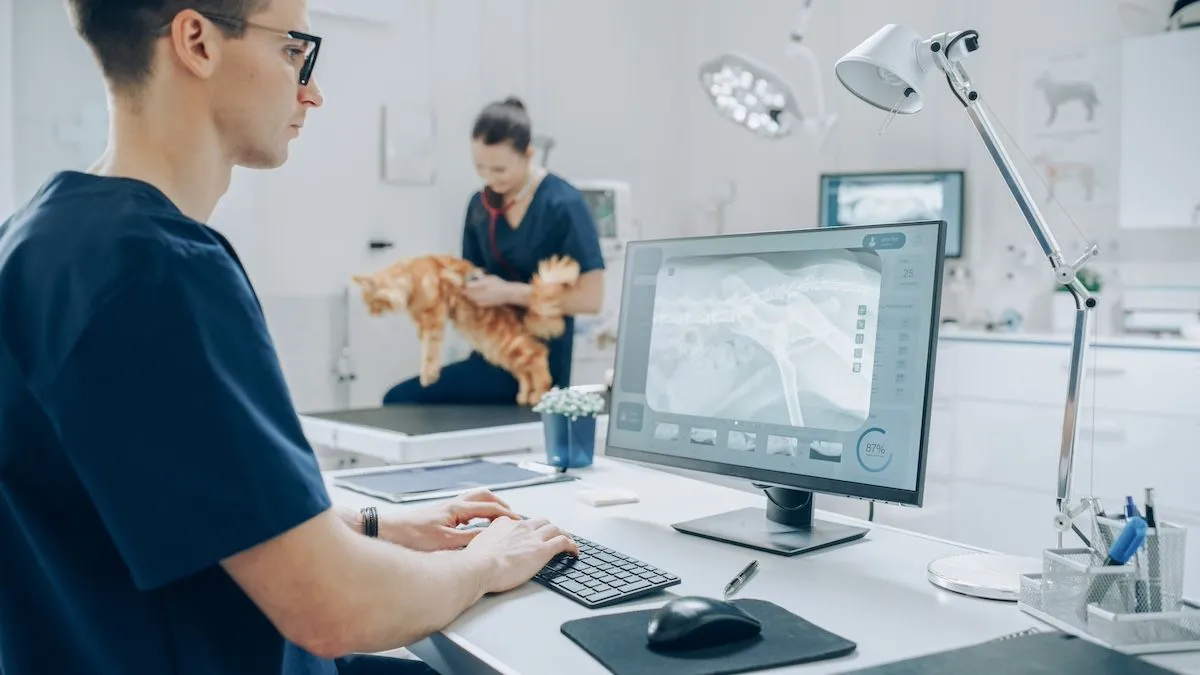Veterinary Transformation: Innovative Designs for Optimal Care

Revolutionizing Veterinary Care Through Hospital Design
The landscape of veterinary medicine is experiencing significant transformations, particularly in how hospitals are designed. By maximizing patient care while minimizing stress, veterinary hospitals can enhance overall outcomes and employee satisfaction.
Key Elements of Effective Veterinary Hospital Design
- Outdoor exam rooms to reduce anxiety.
- Separate areas for cats and dogs to create a calming atmosphere.
- Point-of-care diagnostic tools for timely results.
- Layouts that enhance workflow and reduce burnout.
Enhancing Patient Care with Thoughtful Design
The primary aim of any veterinary hospital is providing exemplary patient care. A well-thought-out layout ensures minimal stress for pets and their owners, and facilities now feature spaces like outdoor exam rooms designed to ease anxiety. Incorporating point-of-care services like digital radiography and rapid diagnostic tools not only improves care quality but also elevates client satisfaction by ensuring swift test results and treatments.
Boosting Workflow Efficiency
An optimized layout is critical for maintaining high standards. Placing frequently used areas—like exam rooms and surgical suites—close together streamlines operations, reducing time wasted on movement. Furthermore, integrating technology can simplify administrative tasks, allowing teams to dedicate more time to patient care and improving overall efficiency.
Fostering a Positive Practice Culture
Involving staff in the design process positively impacts morale and retention. Essential considerations include creating inviting break areas, ensuring natural lighting, and adopting ergonomic workstations. Regular team engagement and investment in their well-being are crucial for sustaining a healthy practice culture.
Small Changes, Big Impact
Even minor adjustments can yield substantial benefits. For instance, using sound-absorbing materials can create a more tranquil atmosphere, while organizational tools can streamline daily operations. Thoughtfully designed hospitals are investments in a practice's future, leading to enhanced experiences for patients and staff alike.
Stay updated with dvm360 for more insights into innovative hospital designs transforming the veterinary industry.
This article was prepared using information from open sources in accordance with the principles of Ethical Policy. The editorial team is not responsible for absolute accuracy, as it relies on data from the sources referenced.